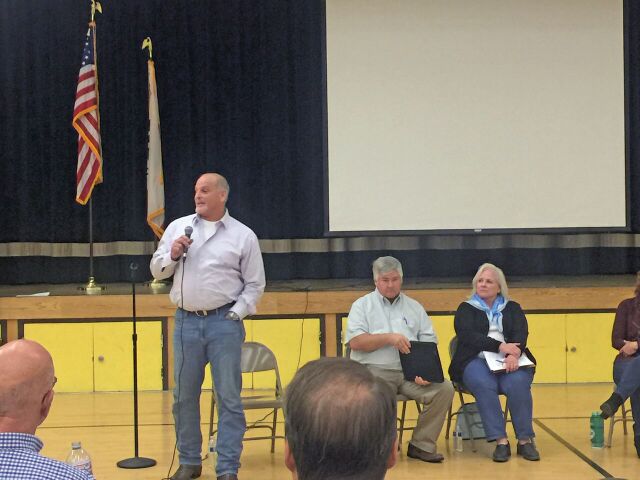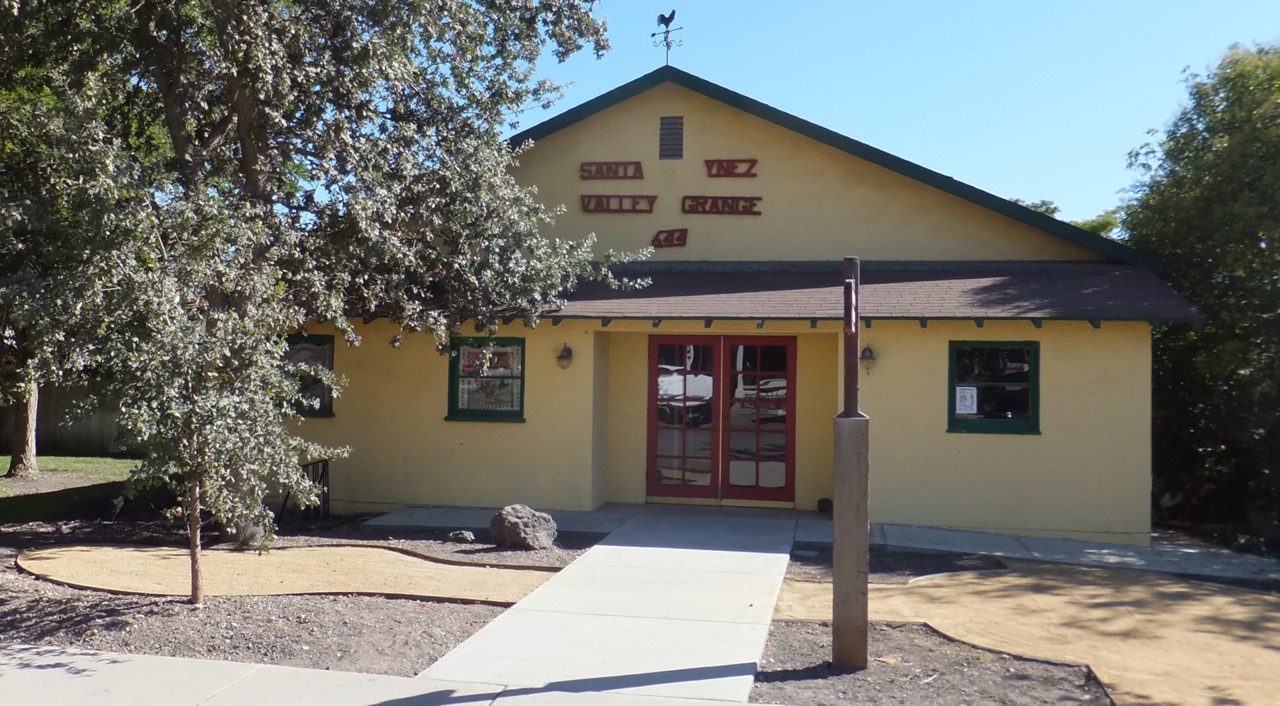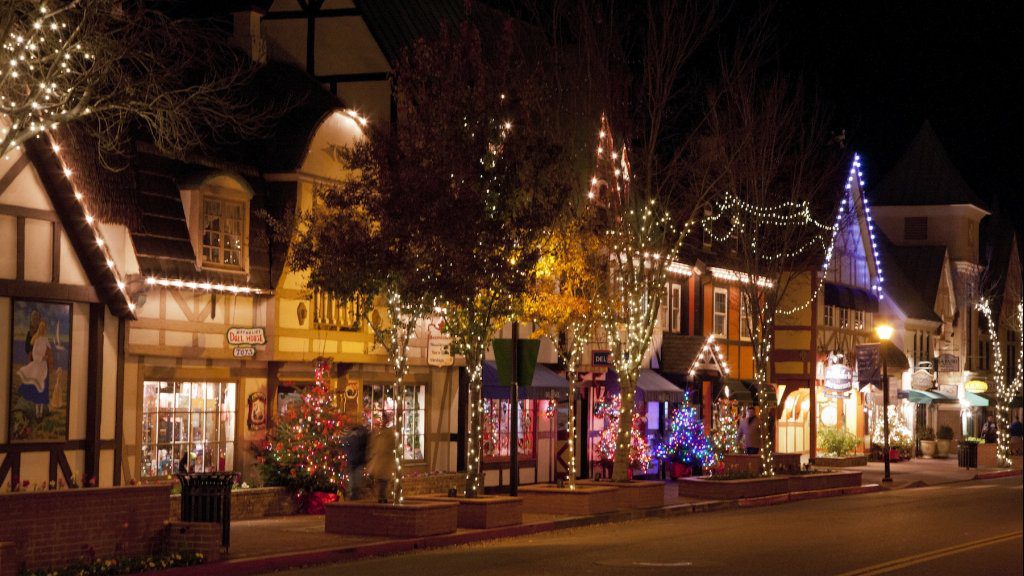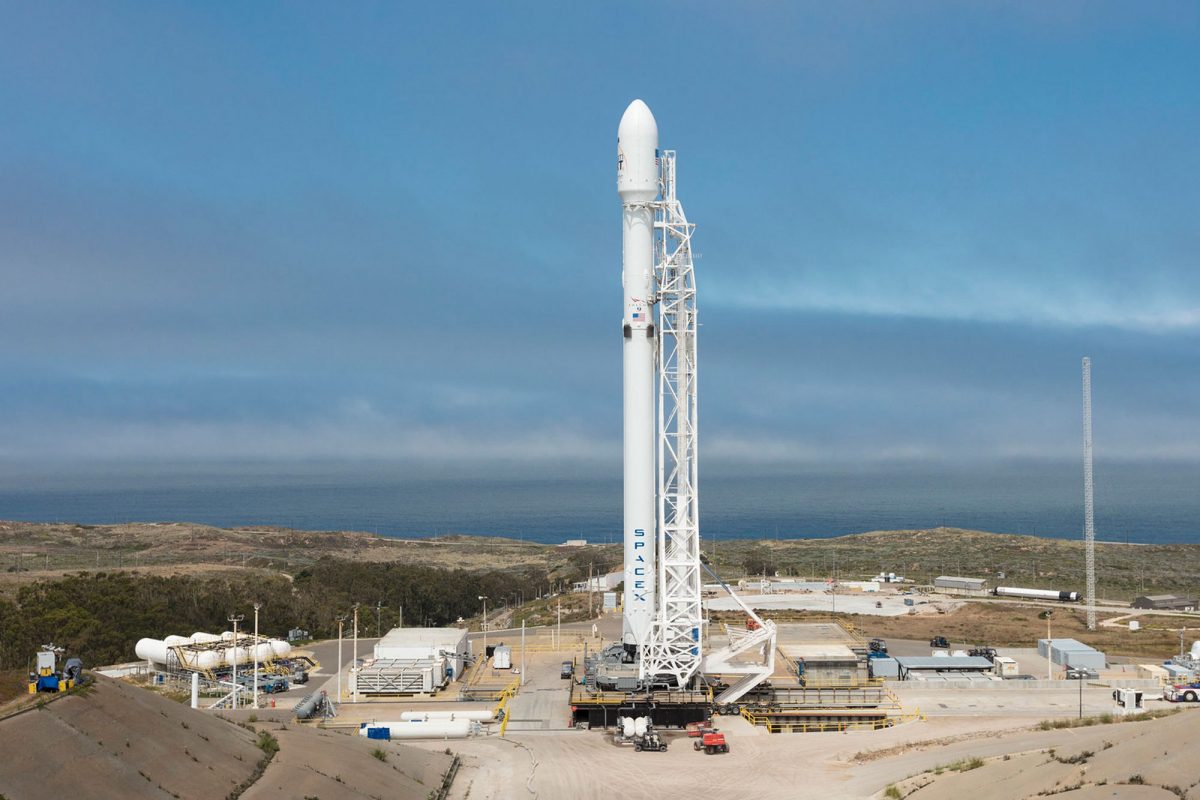By Raiza Giorgi
Regardless of whether Los Olivos voters form their own community service district this month, a decision on how to handle the town’s wastewater treatment must be made sooner rather than later, according to officials with Santa Barbara County Environmental Health Services (EHS).
“If the decision is delayed it will only increase the costs further down the road. Look at Los Osos, where they took 33 years to decide how to handle it and the cost went from $30 million to $270 million — and while they quibbled on what to do, the county stepped in and decided for them,” said EHS Director Larry Fay.
At a community forum Jan. 4, more than 75 residents heard from Fay of EHS, Paul Hood of the Santa Barbara Local Agency Formation Commission (LAFCO), Howard Kolb of the Regional Water Control Board, and the five candidates running for the five board seats of the community service district if it is formed through a vote-by-mail election at the end of this month.
The proposed Los Olivos Community Services District (LOCSD) would be governed by a board of directors elected by Los Olivos residents to manage the planning, construction and operation of a community wastewater system.
The candidates seeking election are Lisa Palmer, Tom Fayram, Mike Arme, Julie Kennedy and Brian O’Neill, who wasn’t present due to a death in the family.
“I see this issue relating to taxation without representation. If we choose to not form, then we give up local control and the decision will be made for us — and who knows what that cost will be?” Fayram said.
Wastewater and septic systems have been a decades-long issue in the small town that was designated a “special problems area” in the 1970s because of its high water table. That increases the risk that septic tank effluent will pollute groundwater.
“We already see impacts in the shallow zone in the entire Santa Ynez basin, and the Water Board will continue to move forward with our analysis and present the data and impacts. If there isn’t a CSD, then the decision goes to the county … on how to plan to address this issue,” Kolb said.
New state and county regulations are forcing changes in the use of septic systems or onsite wastewater treatment systems. A septic system that fails, especially if it is not up to current standards, can cost thousands of dollars to upgrade, according to EHS.
Fay noted that there is no strict timeline on when residents would be forced to create a sewer system if they choose not to form the LOCSD, but in the meantime as septic systems fail it will be the responsibility of the individual owner to pay to replace a septic system, and they won’t be able to expand their septic service.
“Don’t come to me if you want to build a garage or granny unit, because the outcome won’t be desirable. If we have to do this one piece at a time and not as a whole community, at some point it’ll be put on a sewer system anyway and you might not get a decision at that juncture,” Fay said.
Some residents were concerned that forming the CSD would give more power to people who own more property within the proposed district, but Hood assured them that every registered voter gets one vote.
“According to the engineering report it would save us $8 million if we ran a pipe to Creekside in Solvang and connected with their treatment plant,” said Winston Craven, who prefers to connect with another established district such as Solvang or the Santa Ynez CSD.
“You could entirely be right, Winston, and that’s why we need to form the CSD in order to get grant funding to study all the options and come up with the solution that is most cost-effective and best for our community,” said Lisa Palmer, one of the five candidates.
Arme, another candidate, said he recently retired as a public works utility contractor specializing in sewer and water infrastructure. He said he built a sewer treatment facility in Southern California and the situation ended up not in the community’s favor; more money than necessary was spent, and the community wasn’t involved until it was too late.
“They were so rushed and would have saved millions if they looked at it a little different. The district actually called me to consult on the next few phases and I told them the best way was to get the community involved. Once they did, it went a lot smoother,” Arme said.
Another community member noted that the Santa Ynez Valley Community Plan says that running a pipe to another community is discouraged but not prohibited, and asked about the option of connecting to Santa Ynez CSD.
Fay said everyone presenting potential solutions at the meeting was putting the cart before the horse, because the decision at the election is only whether to form the CSD. It isn’t a vote for a specific plan.
“People are confused because of our preliminary engineering report and failing to see that isn’t the issue at the moment. The issue is, who is going to make the decision and implementation,” Fay explained.
Kennedy, another candidate, noted that with a local service district, the board members would be the neighbors of the other voters and would have to pay what everyone else had to pay.
“This is why it’s best for us to form the CSD, so we have local control. And who better to watch out for our best interests then people that also live in the district?” Kennedy said.
In the discussion of different solutions, the candidates said they would do whatever is best for the community, but they can only do that job if the district is formed and they are elected.
“The report that EHS had done several years ago of building a treatment plant was just a suggestion. We don’t know costs of anything until we can get grants and matching funds, which are only available if we have a CSD,” Palmer said.
Third District county Supervisor Joan Hartmann spoke at the end of the meeting and commended the candidates for volunteering.
“This is a lot like Isla Vista’s situation, and they voted to form the board but didn’t vote on imposing the tax to run it, but the board found grants and funding solutions,” Hartmann said.
Palmer reminded the crowd that if voters don’t create the Los Olivos CSD, an application is still on hold to annex Los Olivos to the Santa Ynez CSD, a solution that offers only one board seat to a Los Olivos representative.
Ballots from Los Olivos residents within the proposed service district are due at the Santa Barbara County Elections Office by 8 p.m. Jan. 30, or postmarked by Jan. 22.
To learn more about the proposed LOCSD, visit www.yesonlocalcontrolP2018.com or www.losolivoswastewater.com.








